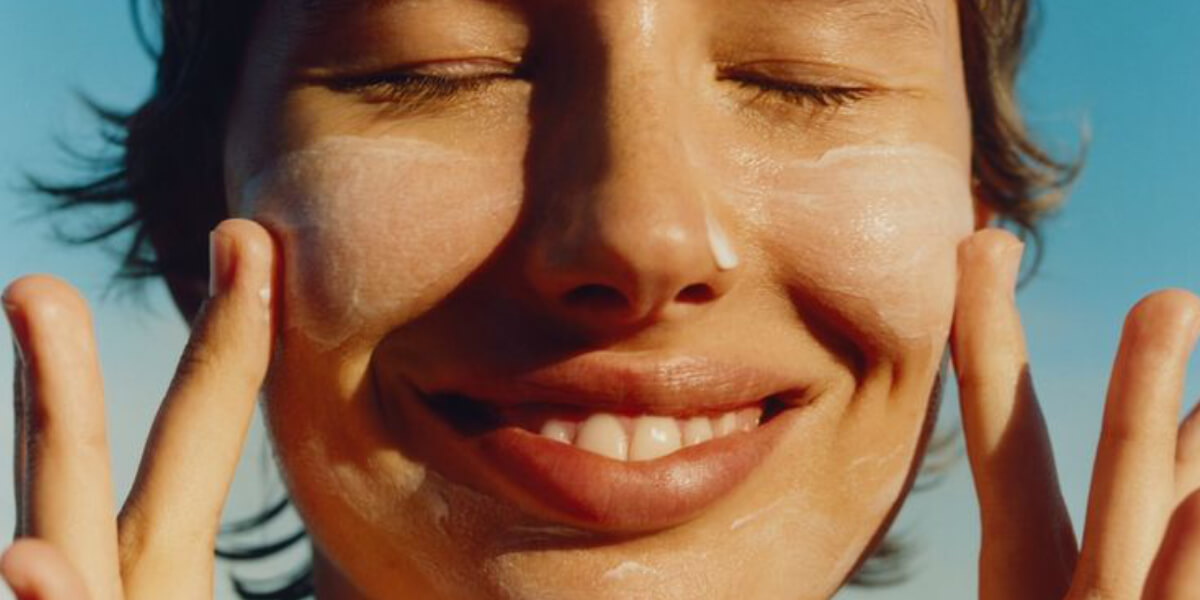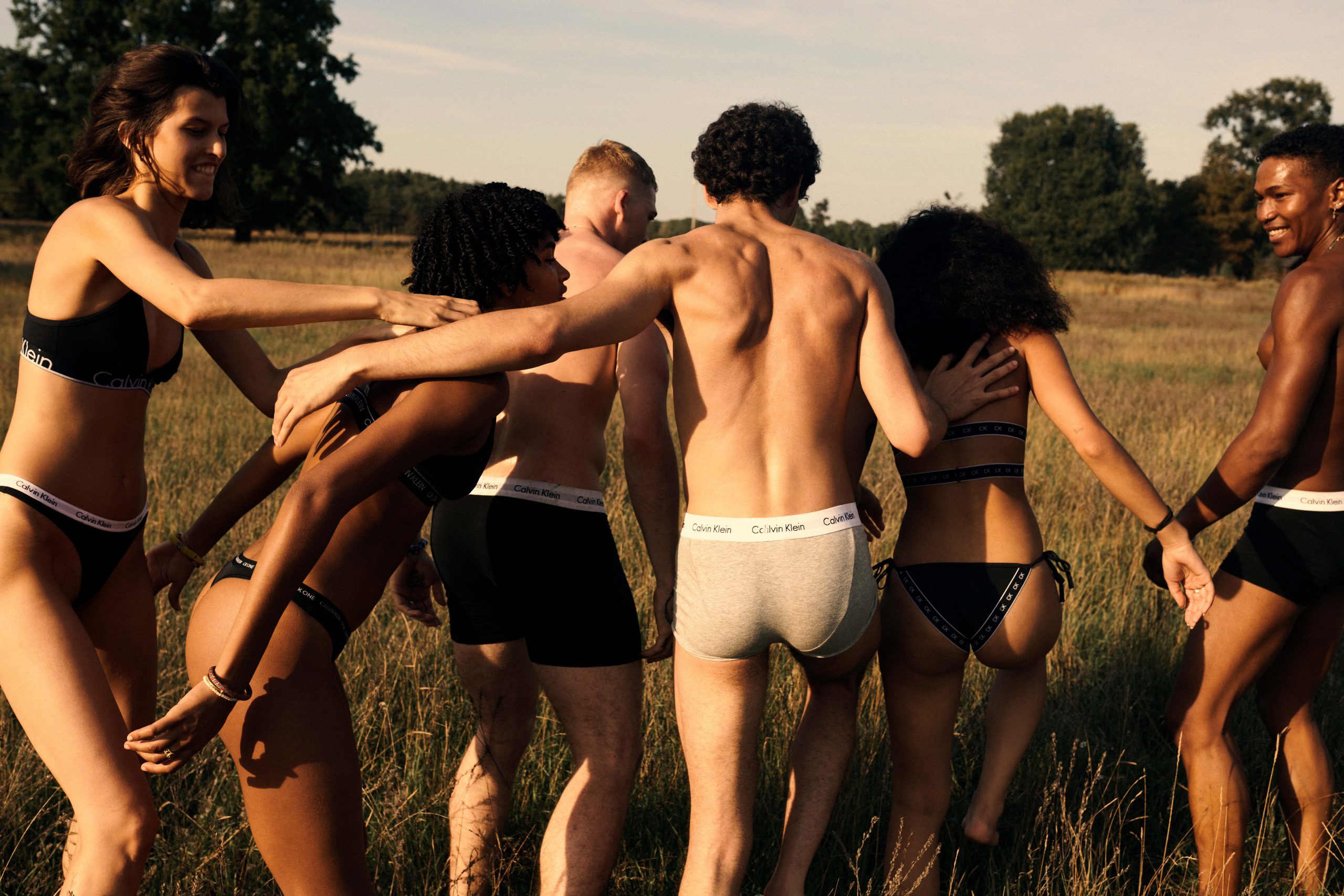Aren’t there muscles in our face that we can train?
If you’re here is probably because like me, the rise of face yoga apps is bringing awareness to noninvasive techniques to look after our face’s appearance. I mean, who hasn’t been concerned about the symmetry of their face, the gravity of their facial expressions or the unavoidable signs of stress that sits on their faces at the end of a long day? And then face yoga emerges to name the answers to our problems in an era overtly focused on skin beauty: facial rejuvenation, firmer skin and a sculpted face. Isn’t it just marvellous?
Without knowing much about the topic, and with many questions in mind, such as whether there are real benefits behind the practice or if it’s just another beauty fad, I dove into the topic, perhaps hoping to find myself the elixir to long-lasting beauty. Disclaimer: I haven’t tried this practice myself, and this article is therefore based on research and an exchange with the founder of a yoga face app.
So, what is face yoga really about? These above-the-neck sculpting techniques offer a series of facial exercises, where you intentionally isolate and tone your facial muscles with the aim of boosting circulation, improving lymphatic drainage and releasing tension. Some of these exercises include gently pulling, stretching and kneading the creases on the corners of your eyes to reduce wrinkles, or smiling broadly with lips closed together to sculpt your cheeks. A variety of these exercises, depending on your aim, activate the 42 muscles in your face, increasing blood flow and oxygenation, therefore promoting a brighter and more youthful-looking complexion.
Proponents of face yoga claim that regular practice—I’ll get back to this point, of what regular practice means—can not only achieve a more toned and rejuvenated appearance but also address some skin conditions such as acne. “For those with acne, it’s important to exercise with care, paying particular attention to the use of oils and face creams, especially during severe breakouts, as these can exacerbate the condition. Meanwhile, for individuals with sensitive skin, incorporating moisturisers and face oils is beneficial to prevent dryness and rashes,” says Marina Klimenka, co-founder of the Luvly app.
“The practice of face yoga enhances blood circulation and oxygenation, which can aid in skin healing and rejuvenation, making it beneficial for those with acne-prone or sensitive skin. Additionally, the relaxation techniques inherent in face yoga help in alleviating stress-related skin issues. This not only leads to healthier skin but also contributes to an overall sense of well-being, enhancing both the appearance and health of the skin,” she adds.
While the popularity of the practice along with the holistic approach to health and beauty rise, there are dubious about its effectiveness, especially as there aren’t enough studies that prove a positive correlation between improved complexity and facial exercises. “This is just one more iteration of the spot reduction myth. Exercising a specific part of the body does not ensure weight loss in that particular location. We can’t dictate which body part we burn calories in,” says dermatologist Dr. Tishya Singh in an instagram post discussing whether yoga face can sculpt your face.
But isn’t exercising, regardless of whether it helps you achieve the “perfect” body or not, a catalyst for physical and mental health, and generally an aid to reducing extra water retention, by promoting lymphatic drainage and blood flow? In that sense, training the muscles of your face can help reduce puffiness and improve elasticity—and that’s a win for those looking for a noninvasive, accessible practice.
“In the current trend of prioritising skin health and natural beauty, face yoga aligns perfectly by offering a holistic, non-invasive approach to skincare. It empowers individuals to maintain their facial health naturally, without relying on chemical treatments or surgery,” says Marina, reminding us that to reap the benefits, it’s necessary to stay consistent and dedicate at least 15 minutes a day to the practice.
It’s important to keep in mind that the effects of yoga face, like any other practice, especially noninvasive ones, will vary from person to person as they depend on several micro and macro factors such as nutrition and lifestyle. “It’s important to recognize that nutrition affects your skin health and certain lifestyle choices can cause damage. Therefore, adopting a holistic approach to taking care of your body from an early age can significantly contribute to looking and feeling your best in the later years of life,” concludes Marina.
*Header image: via La Bruket by LundLund




























